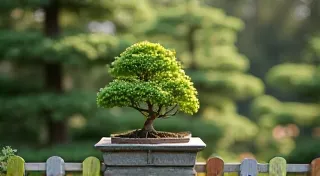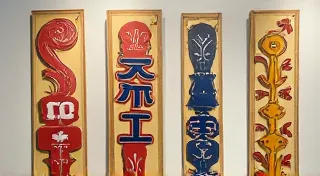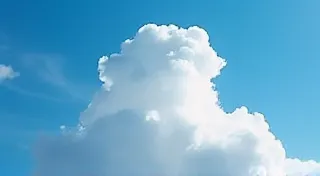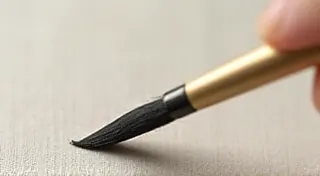Creating a Simple Landscape in Sumie: A Complete Project
Welcome! In this comprehensive guide, we'll take you through a complete Sumie landscape painting project, designed specifically for beginners. We'll build upon the foundational techniques you're likely learning – the varying brushstrokes, ink washes, and understanding of negative space – to create a cohesive and satisfying artwork. This project aims to connect those individual skills into a unified vision.
Materials You'll Need
- Japanese Sumi Ink (high-quality is recommended)
- Japanese Brush (medium size, pointed tip)
- Japanese Washi Paper (or similar absorbent paper)
- Water (in a ceramic or plastic container)
- Paper Towels or a clean cloth
Understanding the Landscape
For this project, we’re going to create a simple landscape featuring a suggestion of mountains in the distance and a few trees in the foreground. The emphasis is on conveying atmosphere and feeling, rather than photographic realism. Think about the feeling you want to evoke – serenity, mystery, awe?
Step-by-Step Guide
Step 1: Establishing the Horizon Line
Lightly, very lightly, use a diluted ink wash to indicate the horizon line. Don’t press hard with the brush. The line should be almost imperceptible. Consider the rule of thirds – placing the horizon line either a third of the way up or down the paper can often create a more visually appealing composition.
Step 2: Suggesting Distant Mountains
Using a slightly more concentrated ink, gently suggest the mountains in the distance. Remember, in Sumie, we often use 'less is more'. Don't define the mountains with hard edges; instead, use soft, atmospheric washes. Allow the ink to bleed slightly into the paper, creating a hazy effect. Observe how light and shadow fall on the mountains, hinting at their form without explicitly drawing them.
Step 3: Painting Foreground Trees
Now, move to the foreground. Here, you can use a slightly bolder brushstroke to suggest a few trees. Again, avoid detailed drawing. Think about the branches reaching towards the sky. Use dry brush techniques to create texture and a sense of movement. The tips of the branches should be sharp and dynamic, contrasting with the soft background.
Step 4: Incorporating Negative Space
Crucially, remember the importance of negative space (ma) in Sumie. This is the 'empty' area around the objects in your painting. It's just as important as the inked areas. Allow the white of the paper to shine through, creating a sense of balance and tranquility. Don't feel the need to fill every area with ink.
Step 5: Refining and Reviewing
Step back and review your painting. Are the mountains and trees in balance? Does the composition feel harmonious? Use a clean, damp brush to gently soften any harsh lines. Add subtle details only if they enhance the overall feeling of the piece. The beauty of Sumie lies in its simplicity and suggestion.
Final Thoughts
This project provides a foundation for exploring landscape painting in Sumie. Don't be afraid to experiment with different techniques and compositions. The key is to observe nature carefully, to understand the essence of what you are trying to capture, and to express that with simplicity and grace.





